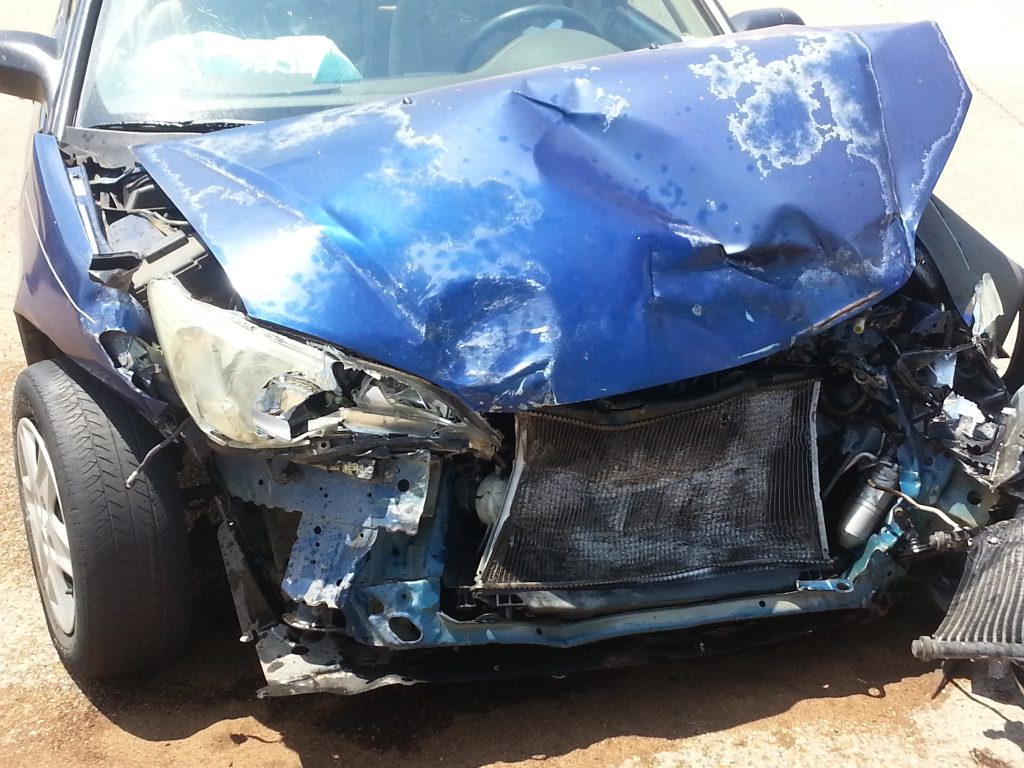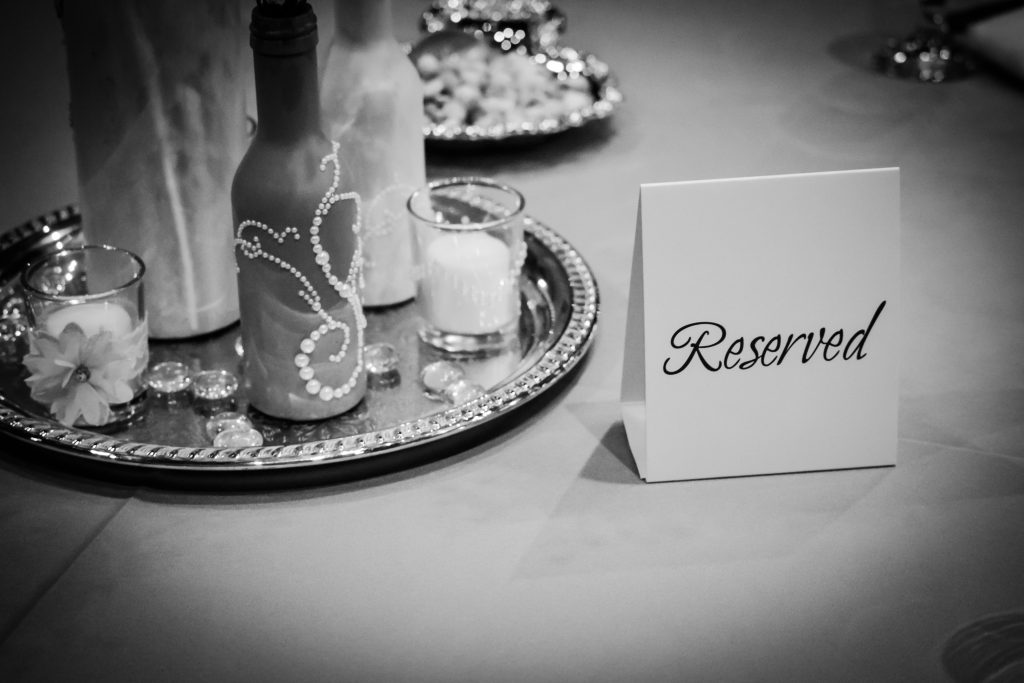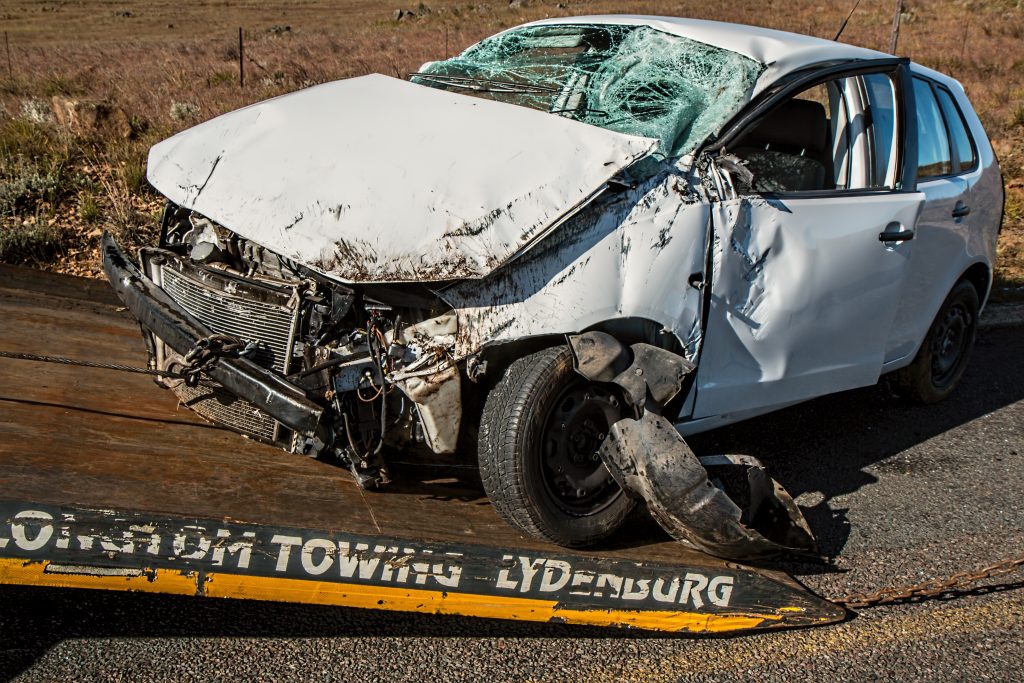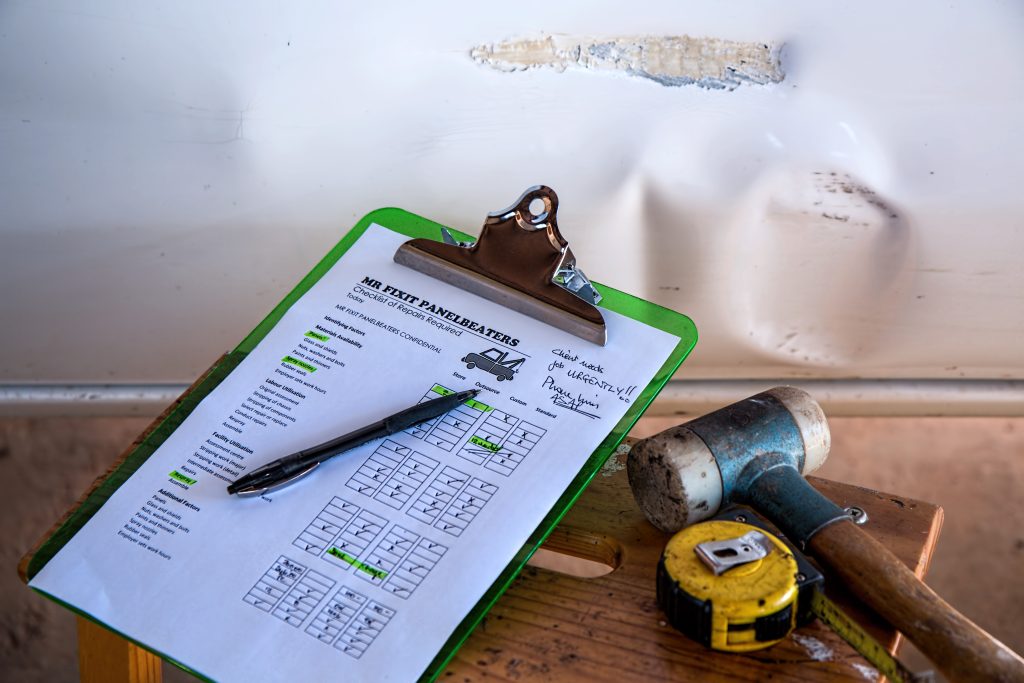 Insurance claims can be complex, even for the courts. Lawsuits involving multiple plaintiffs and defendants are just as complicated. Claims, cross-claims, and counterclaims can arise from a single accident. Questions can arise during litigation, such as; can you appeal a partial summary judgment in Louisiana? A recent motorcycle accident in Arnaudville, Louisiana, demonstrates how convoluted insurance claims can become, as shown in the court’s opinion below.
Insurance claims can be complex, even for the courts. Lawsuits involving multiple plaintiffs and defendants are just as complicated. Claims, cross-claims, and counterclaims can arise from a single accident. Questions can arise during litigation, such as; can you appeal a partial summary judgment in Louisiana? A recent motorcycle accident in Arnaudville, Louisiana, demonstrates how convoluted insurance claims can become, as shown in the court’s opinion below.
The Colomb Foundation, Inc. (“Colomb”) was a property owner with a building erected along Louisiana Highway 93. As Erik Moran (hereafter “Moran”) drove by Colomb’s property at night, a flood light came on that Moran mistook for the headlight of an oncoming car. Moran alleged he was blinded by the light, which caused him to wreck his motorcycle into a gate located on Colomb’s property.
After the accident, Moran filed a lawsuit against Colomb and its alleged liability insurer, United Specialty Insurance Company (“USI”). Shortly after, USI contacted Colomb to explain that they would not cover Moran’s claims under their insurance because Colomb’s insurance policy had been canceled six months earlier. The cancellation occurred due to a failure to pay the insurance premium. Colomb challenged this cancellation by filing a cross-claim against USI. Then, to make matters even more complicated, Colomb filed third-party demands against four additional parties, including Standard Lines Brokerage, Inc. (“SLB”), which is the entity in charge of the collection and cancelation of insurance policies for USI.
 Louisiana Personal Injury Lawyer Blog
Louisiana Personal Injury Lawyer Blog


 Most consumers in the U.S. are aware of increasingly high medical costs. For most people, those high costs are not directly paid; instead, they appear on a bill along with what one’s insurance company will pay as part of an agreement with the medical provider. Many insured consumers will look for “in-plan” medical providers to ensure that most costs are covered. Those “in-plan” providers are part of a preferred provider organization (PPO), which is a subscription-based medical arrangement that allows a substantial discount on rates to be charged.
Most consumers in the U.S. are aware of increasingly high medical costs. For most people, those high costs are not directly paid; instead, they appear on a bill along with what one’s insurance company will pay as part of an agreement with the medical provider. Many insured consumers will look for “in-plan” medical providers to ensure that most costs are covered. Those “in-plan” providers are part of a preferred provider organization (PPO), which is a subscription-based medical arrangement that allows a substantial discount on rates to be charged.  If you’re in a car wreck, you expect, or hope, to be covered for UM Bodily injury (UMBI) up to certain policy limits. However, when signing up for insurance, you must carefully review the coverages. The law in Louisiana has strict requirements when it comes to selecting or rejecting Uninsured motorist coverage. If you aren’t careful, you may unknowingly reject or limit the coverage you thought you had. New Orleans citizen Zachary Addison learned this lesson the hard way after being involved in a car incident in 2013.
If you’re in a car wreck, you expect, or hope, to be covered for UM Bodily injury (UMBI) up to certain policy limits. However, when signing up for insurance, you must carefully review the coverages. The law in Louisiana has strict requirements when it comes to selecting or rejecting Uninsured motorist coverage. If you aren’t careful, you may unknowingly reject or limit the coverage you thought you had. New Orleans citizen Zachary Addison learned this lesson the hard way after being involved in a car incident in 2013.  Car accidents are common and complicated. Wrecks can involve company cars, ride shares, and large commercial vehicles, all with different types of insurance. Impacts can occur while driving on a work errand. All these different types of accidents invoke numerous insurance questions. Questions such as; If you are out driving on a work errand, will your business’s uninsured motorist insurance provide coverage? The Louisiana Court of Appeals grappled with these issues in a recent appeal.
Car accidents are common and complicated. Wrecks can involve company cars, ride shares, and large commercial vehicles, all with different types of insurance. Impacts can occur while driving on a work errand. All these different types of accidents invoke numerous insurance questions. Questions such as; If you are out driving on a work errand, will your business’s uninsured motorist insurance provide coverage? The Louisiana Court of Appeals grappled with these issues in a recent appeal. Knowing what is in an insurance agreement can determine whether or not you are covered for different injuries. If a buyer signed a policy, did not ensure that certain aspects were covered, and then never bothered to check or revise the policy, this person will likely be held accountable for knowing precisely what is in that policy.
Knowing what is in an insurance agreement can determine whether or not you are covered for different injuries. If a buyer signed a policy, did not ensure that certain aspects were covered, and then never bothered to check or revise the policy, this person will likely be held accountable for knowing precisely what is in that policy. One of the first things that occur after a car accident is the parties exchange insurance information. But, unfortunately, just because someone has an insurance card doesn’t always mean they are covered for the wreck they caused. A driver in Metairie learned that lesson the hard way, as shown by the case below.
One of the first things that occur after a car accident is the parties exchange insurance information. But, unfortunately, just because someone has an insurance card doesn’t always mean they are covered for the wreck they caused. A driver in Metairie learned that lesson the hard way, as shown by the case below. Usually, in a dispute concerning a car accident, the issue surrounds fault or the extent of injuries. Occasionally though, the argument is whether a passenger in one of the vehicles was even a passenger. Evidence that one was a passenger and present during the accident would seem helpful but does not guarantee recovery, as one plaintiff learned after a 2011 car accident in Jefferson Parish.
Usually, in a dispute concerning a car accident, the issue surrounds fault or the extent of injuries. Occasionally though, the argument is whether a passenger in one of the vehicles was even a passenger. Evidence that one was a passenger and present during the accident would seem helpful but does not guarantee recovery, as one plaintiff learned after a 2011 car accident in Jefferson Parish. Car accidents can be a problematic scenario for the parties involved emotionally and financially. This situation can become even more complicated when the insurance company provides coverage to both parties involved in the accident, and the injured party files a lawsuit against the insurance company, arguing that the injured party is a first-party claimant. The Fourth Circuit Court of Appeals for Louisiana recently addressed the issue.
Car accidents can be a problematic scenario for the parties involved emotionally and financially. This situation can become even more complicated when the insurance company provides coverage to both parties involved in the accident, and the injured party files a lawsuit against the insurance company, arguing that the injured party is a first-party claimant. The Fourth Circuit Court of Appeals for Louisiana recently addressed the issue. What happens when a motorist is injured in an automobile accident while operating a vehicle owned by an employer? While Louisiana law often permits named insured employees to receive reciprocal coverage under an employer’s insurer, insurance law is a complex and, at times, unclear field, especially in relation to uninsured/underinsured motorist coverage. In the case of Chris Loudermilk of New Roads, Louisiana, the Louisiana First Circuit Court of Appeal felt that Loudermilk was not permitted to recover under the language of his employer’s insurance policy.
What happens when a motorist is injured in an automobile accident while operating a vehicle owned by an employer? While Louisiana law often permits named insured employees to receive reciprocal coverage under an employer’s insurer, insurance law is a complex and, at times, unclear field, especially in relation to uninsured/underinsured motorist coverage. In the case of Chris Loudermilk of New Roads, Louisiana, the Louisiana First Circuit Court of Appeal felt that Loudermilk was not permitted to recover under the language of his employer’s insurance policy.